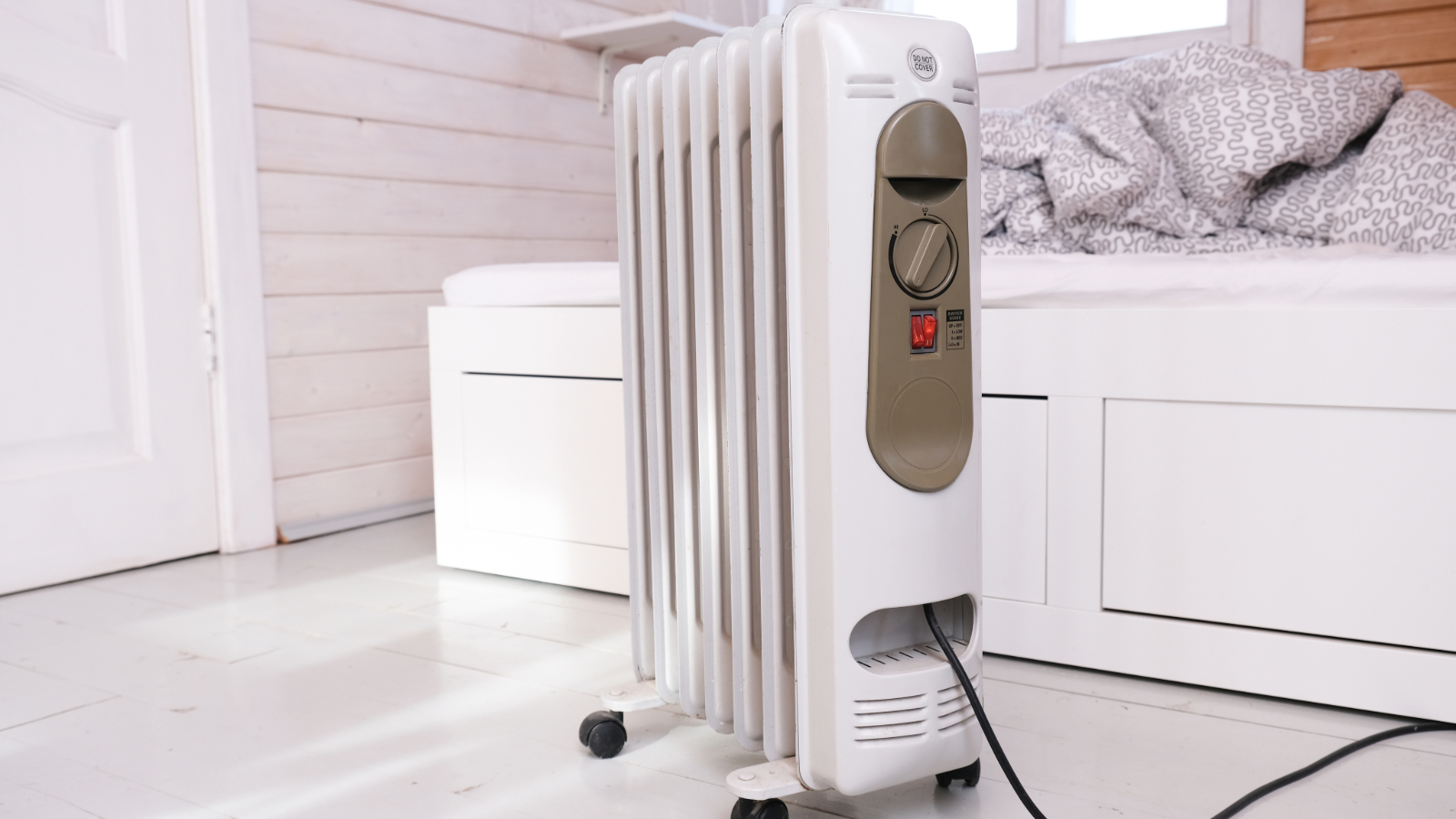How much does damp proofing cost and what are the options?
Damp proofing costs will likely form part of your self-build or renovation project. We explain the options and what you can expect to pay
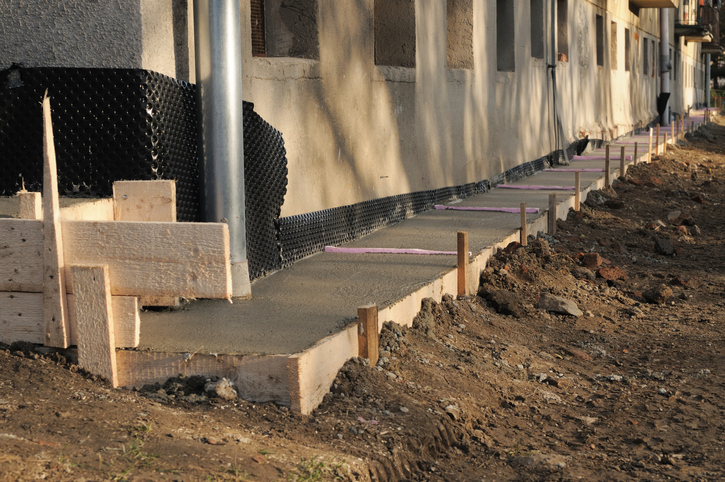
Damp is a perennial problem for properties, especially those cited in wetter locations. With the potential to cause structural damage to your home and cause health problems if the damp leads to mould, damp proofing your home is essential to prevent longer term damage to your property and its residents.
While newer properties are built using tried and tested damp proofing techniques that prevent moisture ingress, older properties are particularly vulnerable to damp and may need more complex remedial measures to fix any problems.
But when it comes to damp proofing costs, prices can vary vastly. Here we take a look at a number of options and how much each might cost.
Factors affecting damp proofing costs
There are a number of factors that will impact your damp proofing costs:
- The extent of the damp problem
- What's causing damp in your home
- Age of the property being renovated or extended
- Size of the area that needs damp proofing
- Will you require a specialist contractor?
- What part of your property is affected
While there are per metre pricing models, these can also fluctuate depending on your region. Thomas Goodwin, property and construction expert at MyJobQuote says the average cost to damp proof your home usually falls around £300-£2500.
"However, depending on location and the complexity of the job," says Thomas, "those based in London can also expect to pay on average £30 - £70 more per day for labour, than those homeowners in other parts of the UK."
To help you budget for your extension or renovation, we've put together a guide to the most common damp-proofing solutions and the potential costs.
Bring your dream home to life with expert advice, how to guides and design inspiration. Sign up for our newsletter and get two free tickets to a Homebuilding & Renovating Show near you.

Thomas Goodman has worked as a property and construction expert for MyJobQuote for six years and has worked in the construction industry for over twenty years. Thomas continues to work on building projects, while also providing expert construction and property advice to industry professionals and DIY enthusiasts.
Damp proofing costs – new and existing structures
Damp proof course
Every new build or extension requires a Damp Proof Course (DPC). This is usually made from strips of plastic and acts as a barrier inserted into the fabric of the building to prevent water ingress from the ground upwards.
Installed on all new structures, including extensions, it is typically laid at lower levels. However, vertical DPCs are also used at roof level if chimney stacks or parapet walls form part of the overall house or extension design.
The costs for installing this in a new building or extension will be included in your overall structural costs. If you're using a quantity surveyor to help prepare a bill of quantities, they will likely list it as a priceable item.
Cost: Checkatrade says to allow £500 - £1500 for an standard DPC.
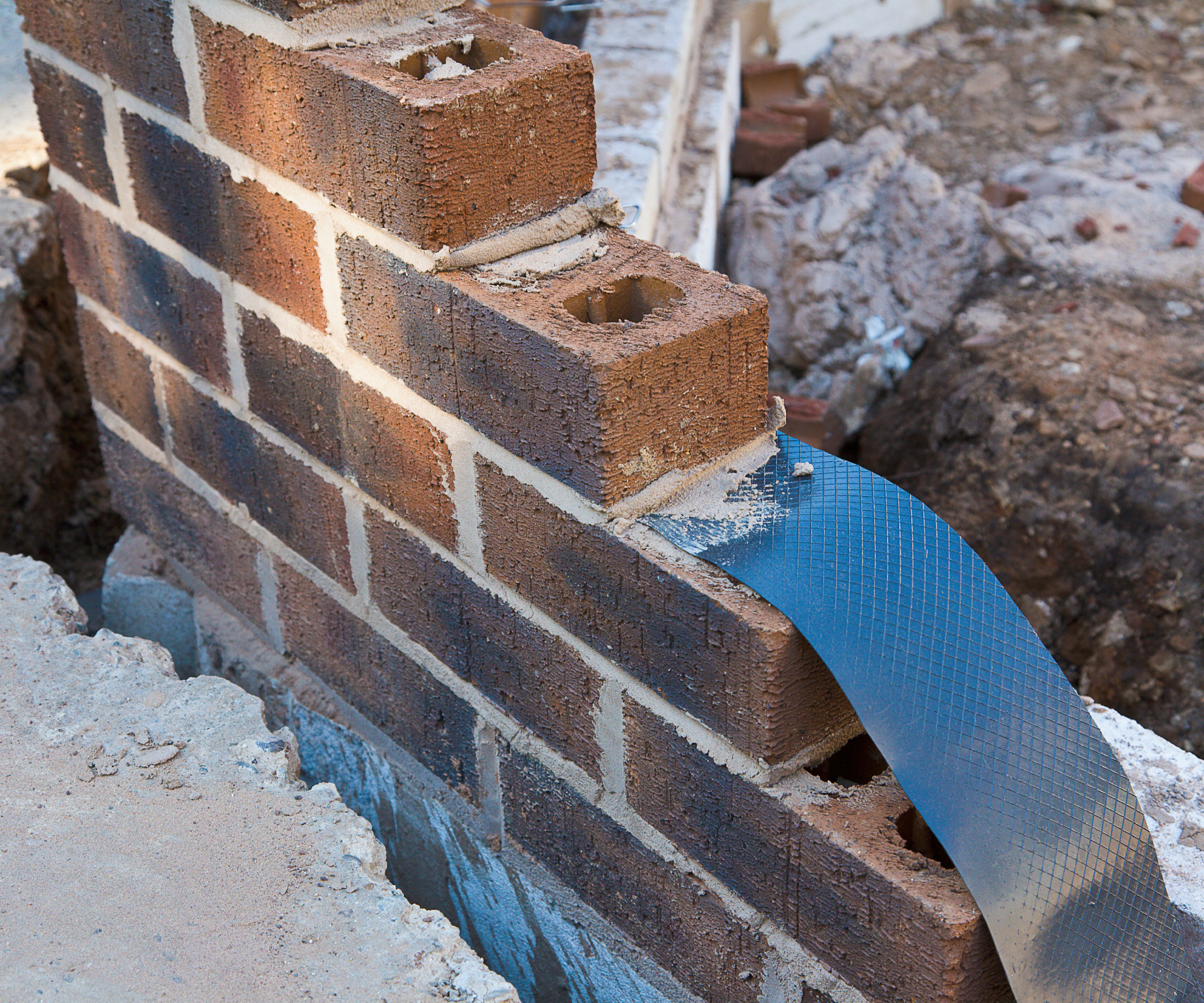
Damp proof membrane
You should be installing both a damp proof membrane (DPM) and a damp proof course (DPC) when building from scratch. A DPM comes in the form of large sheets of polythene or a similar material and acts as a shield against moisture.
As it's wider than the plastic used in a DPC, it's primarily used on the underside or inside of flooring. For an effective watertight seal there should be a lap of at least 150mm between the DPC and DPM.
It can also be used outside to prevent moisture seeping into concrete slabs.
Cost: Allow upwards of £100 for a roll of DPM.
Black jacking
Sometimes referred to as liquid DPM, black jacking involves the application of a black bituminous paint to external walls. It can also be applied to internal walls but only underneath plasterboard, plasterwork or concrete.
It is also used to fix minor damp problems on existing walls when renovating properties.
Cost: Roofing Superstore have a 5 litre can of Everbuild Black Jack 901 Black Bitumen Paint for £22 incl. VAT
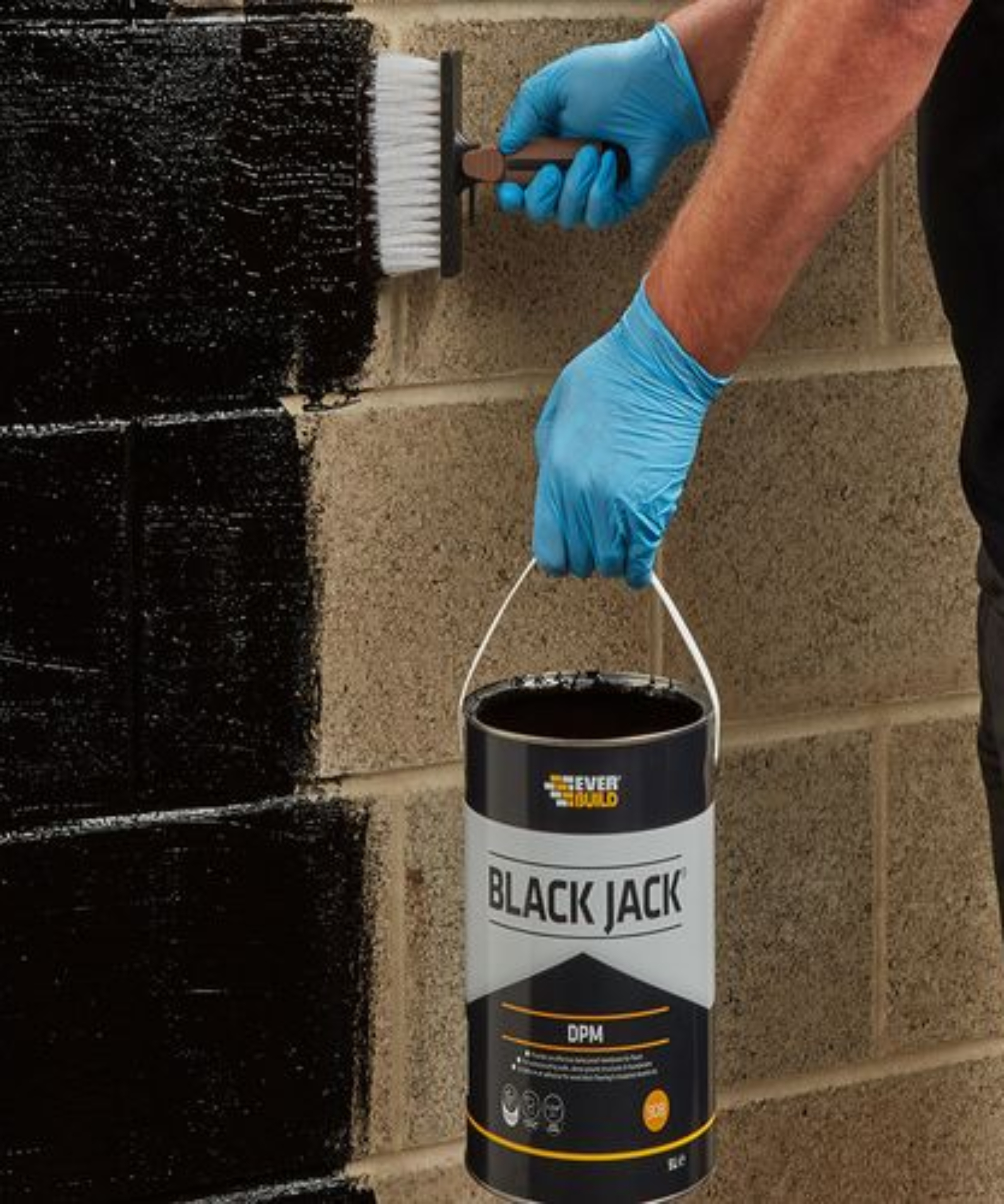
French drains
A form of land drainage, French drains are used to prevent water logging and a build-up of excess of surface water. They consist of a trench dug at a gradient into the ground, which is then lined with membrane, filled with aggregate and in most instances a perforated drainage pipe.
They are effective in redirecting water away from a building's foundation. They are also sometimes referred to as trench drains or land drains and can be built as part of a new structure or to remedy an existing problem.
Cost: For an average french drain cost, allow £45 - £90 per metre for labour and materials.
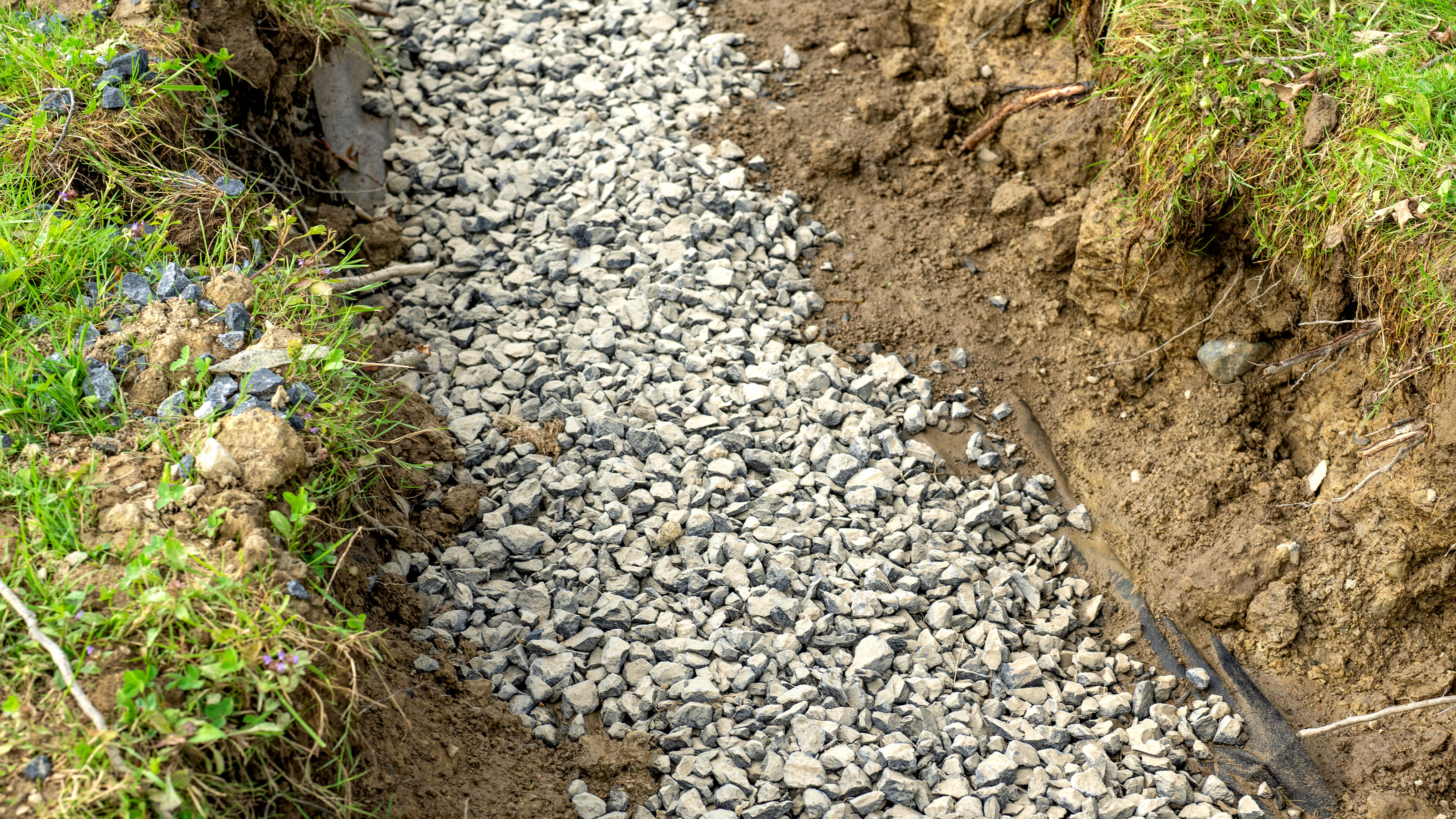
Damp proofing costs - Renovations
If you're renovating a property with damp issues and you've identified what causes damp, you may have discovered a failed DPC.
Douglas Kent, technical director at the Society for the Protection of Ancient Buildings (SPAB) says that while cutting in a new DPC could cure rising damp, it's not a method recommended for older buildings.
"Drawbacks include possible major structural problems and potential damage to historic finishes internally. A new physical DPC is also unsuitable for randomly coursed walls, homes with access difficulties and can sometimes cause deterioration of masonry below the damp proof course where moisture is concentrated."
Instead, Douglas advises there are a number of alternative options, although it's important to research which one is right for your property.
Douglas Kent is a chartered building surveyor specialising in building conservation and is technical and research director at the Society for the Protection of Ancient (SPAB), where he has worked since 2000. Douglas publishes and lectures regularly on building conservation and has contributed to various radio and television programmes. He has also renovated a listed property.
Chemical DPC
This involves impregnanting walls with a chemical solution through holes at the bottom to create a waterproof barrier. Although this method is widely used today, it is not always appropriate for old buildings.
You also need to be aware that drilling holes is inadvisable in flint and granite and it is hard to form a proper barrier in rubble walls with voids. In addition, holes can look unsightly and sometimes cause deterioration of the masonry below the damp proof course.
Cost: This type of DPC typically costs £195/m (including replastering).
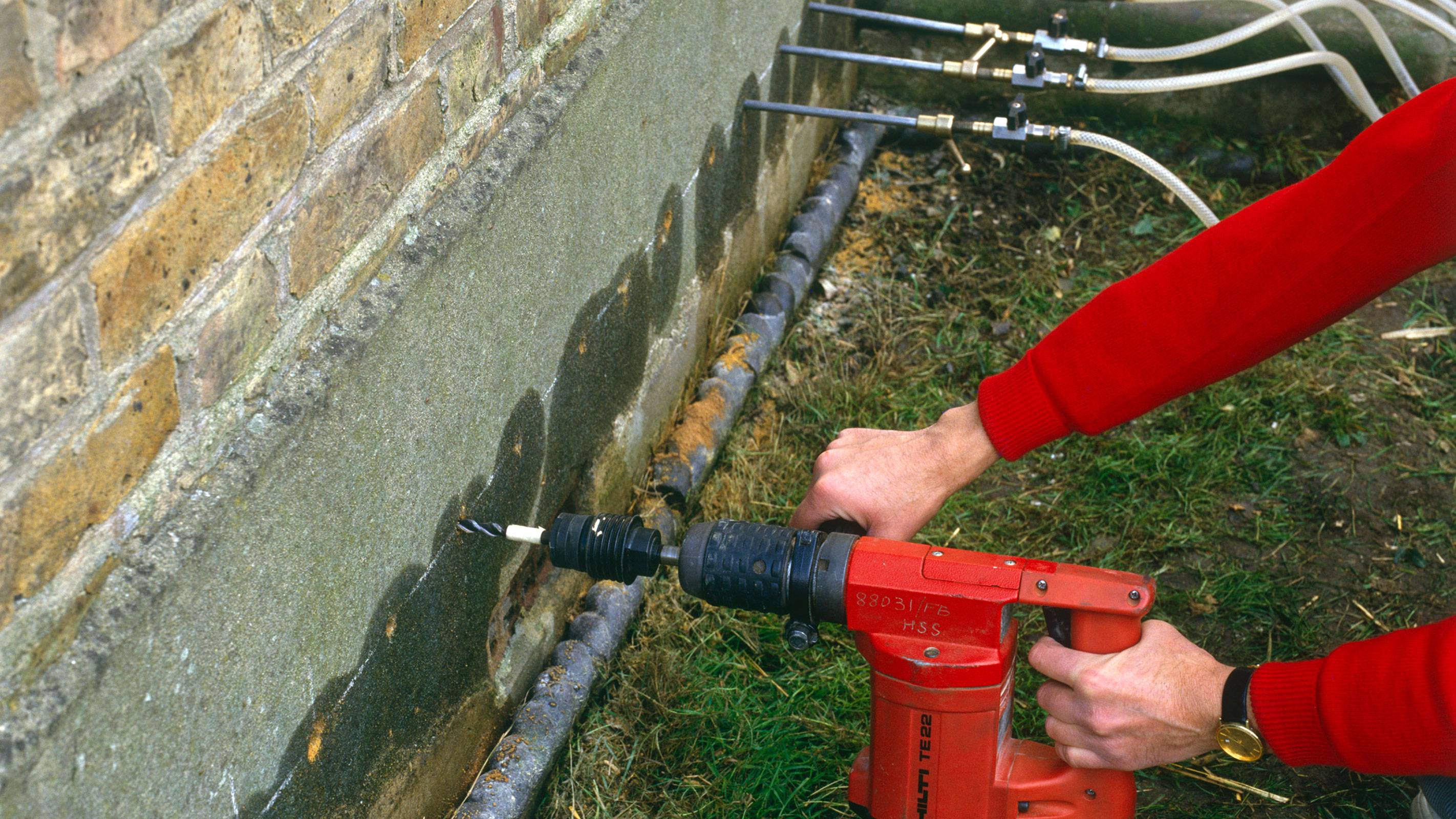
Ceramic tubes
With this method, holes are drilled to receive porous siphons approximately 50mm in diameter that absorb damp and evaporate it from each tube.
While a popular method, problems may occur in practice. Drawbacks include salt accumulation in the tubes that may increase moisture and air-flow is sometimes inadequate. In addition, the tubes are commonly set in hard cement mortar which is unsightly.
Cost: Expect to pay around £125/m.
Electro-osmosis
This system uses electrodes bedding in the wall with the aim of using the electrical potential to reduce capillary rise.
"While cheap, there is a dearth of evidence that electro-osmosis is ineffective," says Douglas Kent. "The system is rarely used today due to the adjustment of current needed to match variations in damp along a wall, usually proving impractical."
Magnetic field
An Austrian product presently under trial in the UK claims to inhibit the passage of water up a wall by inducing a local magnetic field. This is achieved non-invasively with a unit plugged into mains, typically in the loft.
Cost: The estimated cost is around £3,000/unit (one unit covers an average-sized house).
For more information on how this damp proofing method works, watch this video from Core Conservation.
Tanking - mainly used in basements or cellars
Tanking slurry
"If you are looking to damp-proof masonry, brick, or concrete walls, a good method is to apply a tanking slurry on internal walls," says Thomas Goodwin.
"This is a waterproof coating that is made up of cement and acts as a barrier between any damp particles and the structure of your home. Tanking slurry is most commonly used in basements, although it also works well on upper floors."
For more information, read our article on tanking and making a cellar dry.
Cost: For a professional contractor expect to pay around £30-£60/m2
Tanking membrane
According to the experts at Permaguard, "tanking membranes are sheets of specially designed plastic material that act as a waterproof barrier to protect walls and floors from water ingress.
"Made from high quality HDPE, they are designed to withstand years of temperature fluctuation and exposure to water without becoming worn or degraded. Tanking membranes are easy to install onto damp walls, creating a small cavity to allow the wall to dry out."
Cost: A PermaSEAL 8 Clear 40m² Waterproof Membrane Kit costs £206.40 incl VAT from Permaguard.
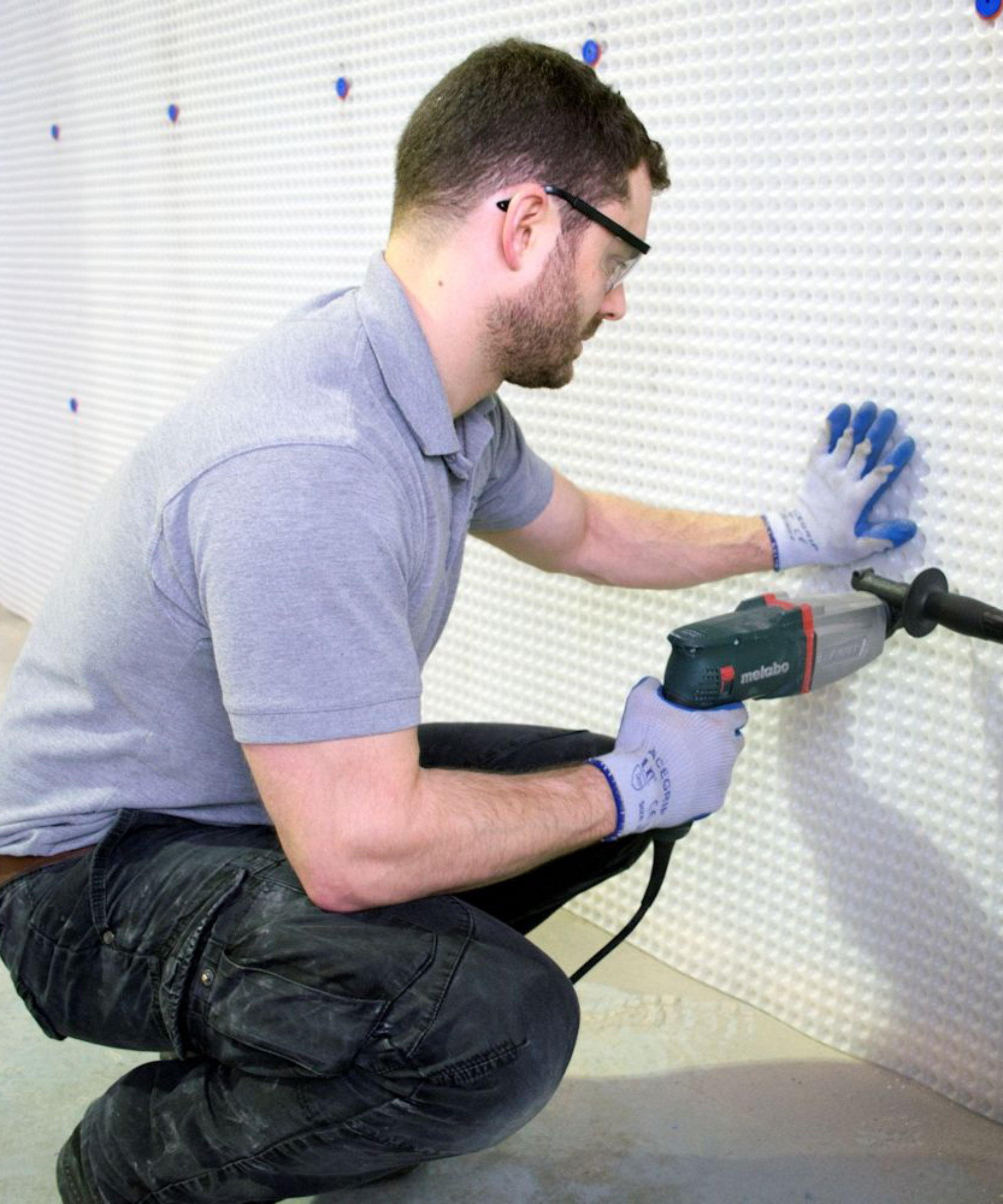
Waterproof plaster
If you've fixed your damp problem and have internal walls in need of replastering, as another precautionary measure, you may wish to use a waterproof plaster mix.
Cost: Thomas Goodwin says the average cost for this type of work is around £200-£400 per room, depending on the size of the room and your location in the UK.
Damp proofing ventilation options
Poor ventilation can be one of the primary causes of condensation and mould in the home which left unresolved can lead to more serious issues with damp.
Improving the ventilation within your home is therefore essential if you've identified a problem and need a solution. Options can include adding wall vents or using the best dehumidifiers for removing excess moisture from the air.
Other options include positive input ventilation systems or mechanical ventilation with heat recovery (MVHR) systems, both of which can improve issues with air quality and damp.
Cost: Can be as low as £20 for a Perma-Vent Condensation Control Vent from Permaguard up to £259.99 for a Meaco 20L Low Energy Dehumidifier.
A positive input ventilation could set you back around £1000, whereas a MVHR system for a 4 bed house could set you back £3 - £4000 excluding installation. It is also tricky to retrofit an MVHR system making it less of an option for renovation or extension projects.
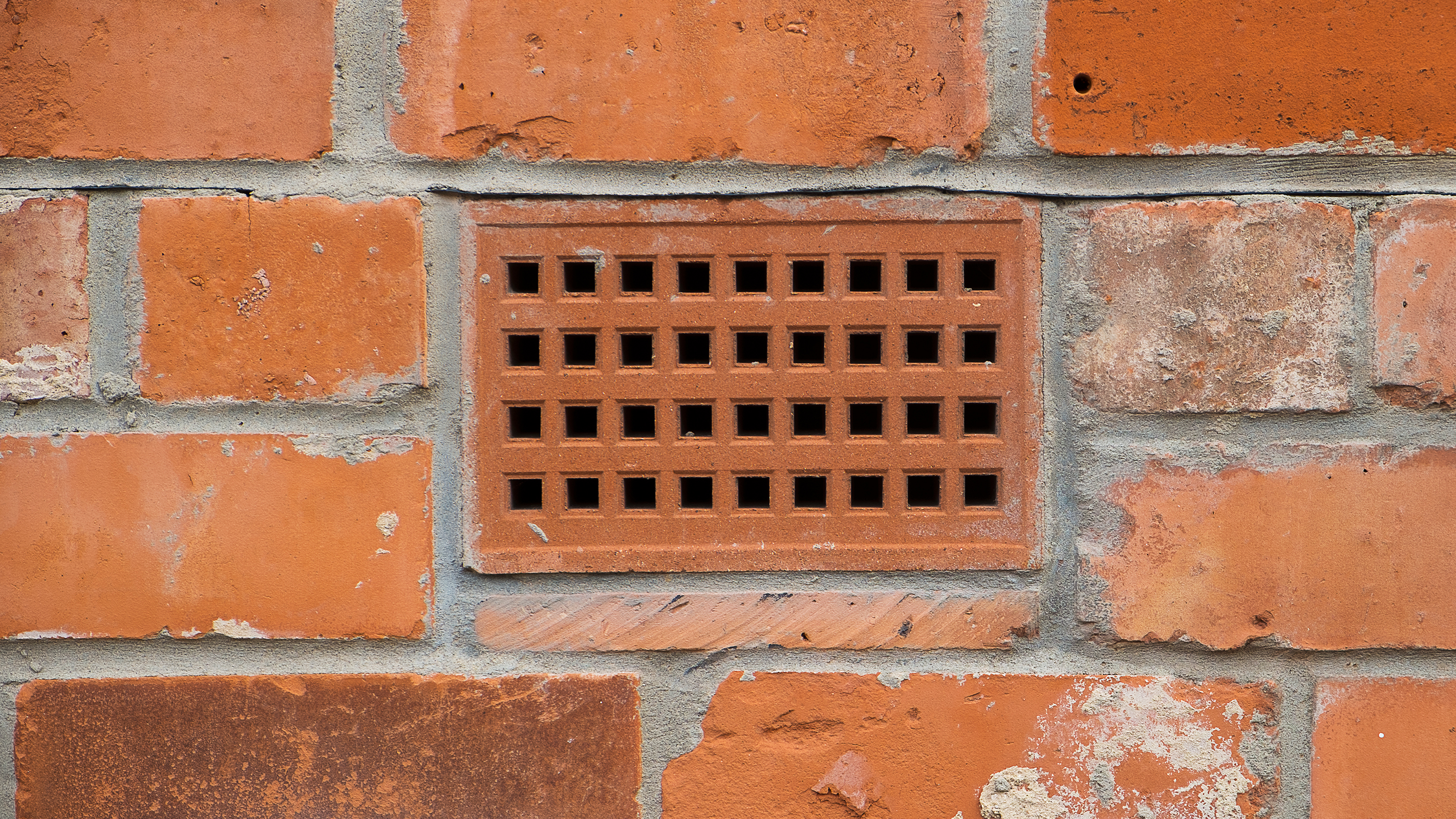
Damp proofing paints and creams
Once your damp issue has been identified and treated, there are a number of paints and creams on the market which you can use to apply an additional layer of protection.
Either aimed at preventing water ingress through external walls, or combating the effects of mould and condensation on inside walls, it's important to remember that they will only be effective if you have fixed the root cause of the problem.
Internal walls
Experts at Ronseal say anti-condensation paint is a great choice for preventing condensation issues on internal walls as, "it contains additives that create a layer of insulation to reduce the formation of water droplets on walls.
This type of paint is best applied in areas prone to high humidity, such as bathrooms, kitchens, or basements."
For areas in the home where mould has been present, once you have identified the cause and treated the problem, as well as ensuring you've followed the right methods for removing mould from walls, there are also anti-mould paints to help prevent the growth of any remaining mould spores.
Cost: Ronseal Anti-Condensation Paint currently retails at £36.19 on Amazon and Ronseal Anti-Mould Paint from Amazon is £18.27 for 750ml.
External walls
If you've looked at how to stop mould on outside walls, you'll know that what masquerades as mould is often algae.
Nonetheless, if you've been repointing brickwork, or repaired cracks or holes in your walls that were allowing water and damp into your home, you may also be keen to apply an extra protective layer to them as a precautionary measure.
Available as both liquids, paints and creams, it's important to ensure any product you apply is breathable so that you don't develop an issue with even more mositure becoming trapped inside your walls.
Cost: Expect to pay £35 upwards for cream, £25 for a water sealant liquid and £20 for paint.
FAQS
What additional costs do I need to consider?
Beyond the primary damp proofing process, there are subsequent costs that renovators should anticipate.
These encompass tasks like replastering walls that have been damaged by dampness, repainting, redecorating, and addressing the aftermath of the damp-proofing process.
These tasks not only restore the property's aesthetics but also ensure the damp proofing's efficacy in the long run.
Also consider elements such as scaffolding if you are undertaking repairs to a chimney stack.
How much does a damp survey cost?
If you are unable to find the sources of your damp and want to call in an expert. Checkatrade says costs will range from around £200 for a 2 bed flat, up to £600 for a 4 bed detached property.
Buying a house where the survey has indicated damp?
Douglas Kent shares a final note of caution before you start worrying your damp proofing costs are about to escalate.
"Surveyors have a legal duty to follow a trail of suspicion. Regrettably, many still simply note the occurrence of high meter readings and pass on all responsibility for further investigation to remedial treatment contractors.
"These contractors have a vested commercial interest, encouraging over-specification. Should a mortgage company insist on work you believe is misguided, challenge this and consider obtaining a written report from an independent surveyor or architect.
"Effective remedial measures depend on accurate diagnosis," says Douglas, "but applying staged remedies can also be part of understanding the cause of a damp problem. Before deciding on more extensive work, the first remedy may involve nothing more than basic maintenance such as clearing a blocked rainwater gulley.
"Remedies will either cure dampness by addressing the cause (for example, improving drainage) or will manage it by treating the symptoms (changing washing or cooking habits, for instance).
"Be sceptical of written guarantees, which are often loaded with get-out clauses and may have no insurance backing. The right approach from your contractor coupled with good workmanship is your best guarantee."
Sam is based in Coventry and has been a news reporter for nearly 20 years. His work has featured in the Mirror, The Sun, MailOnline, the Independent, and news outlets throughout the world. As a copywriter, he has written for clients as diverse as Saint-Gobain, Michelin, Halfords Autocentre, Great British Heating, and Irwin Industrial Tools. During the pandemic, he converted a van into a mini-camper and is currently planning to convert his shed into an office and Star Wars shrine.

